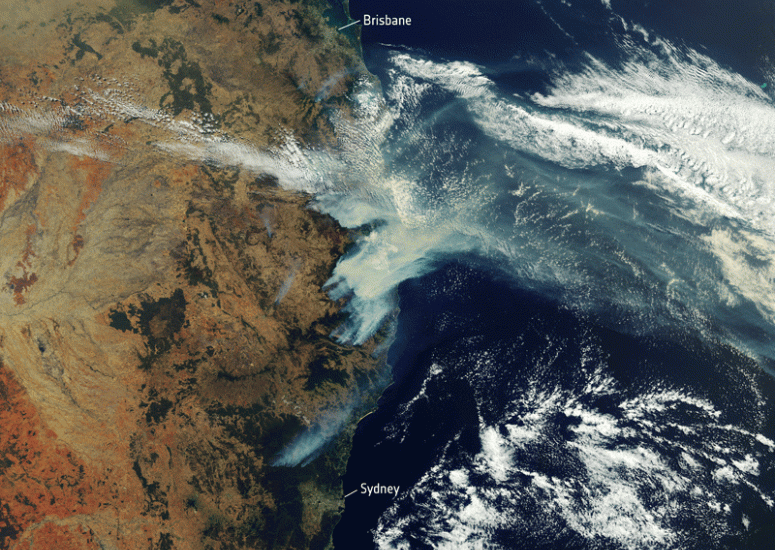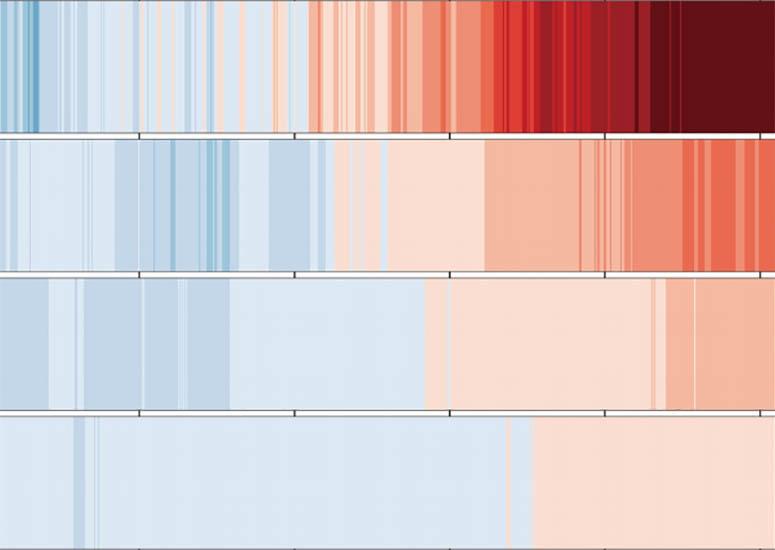-

NCAR climate scientist Clara Deser elected to the National Academy of Sciences
The National Academy of Sciences announced the election of 120 new members, including distinguished climate scientist Clara Deser of the National Center for Atmospheric Research (NCAR). Deser is a senior scientist in the Climate and Global Dynamics Laboratory (CGD) in NCAR.
- Climate
-

Smoke from massive Australian bushfires warmed the stratosphere
Australian fires in 2019 and 2020 injected almost 1 million metric tons of smoke into the stratosphere, causing it to warm and likely contributing to a large and persistent ozone hole.
- Air Quality,
- Climate
-

Alaska thunderstorms may triple with climate change
The number of thunderstorms in Alaska may triple by later this century because of climate change, increasing the risks of widespread flash flooding, landslides, and lightning-induced wildfires.
- Climate,
- Weather
-

COVID-19 lockdowns temporarily raised global temperatures
The lockdowns and reduced societal activity related to the COVID-19 pandemic affected emissions of pollutants in ways that slightly warmed the planet for several months last year, according to new research led by NCAR.
- Climate
-

2020 was a record-breaking year for ocean heat
The temperatures in the upper 2,000 meters of the ocean hit a record high in 2020, according to a new analysis by a research team that included scientists from the National Center for Atmospheric Research (NCAR). The five hottest years for the upper ocean on record have all occurred since 2015.
- Climate

